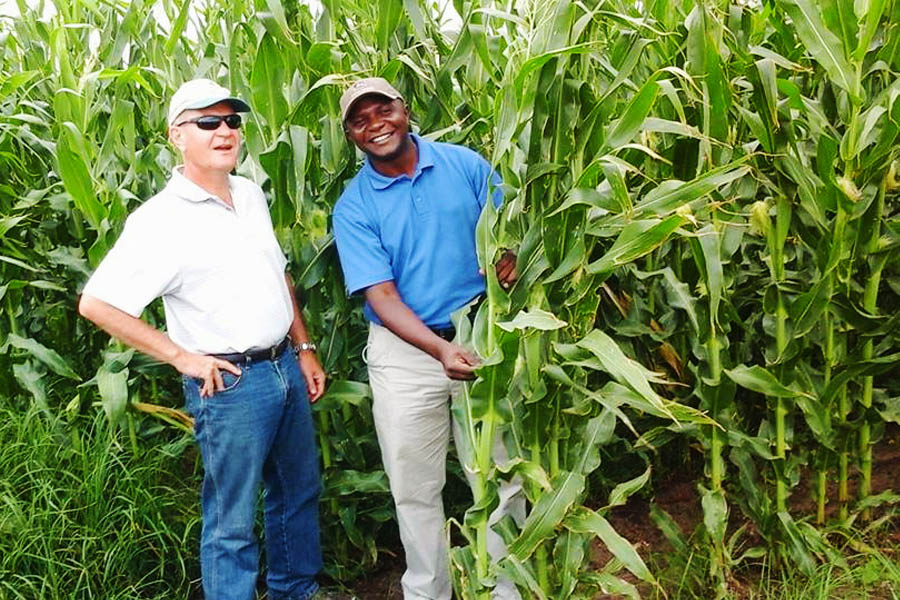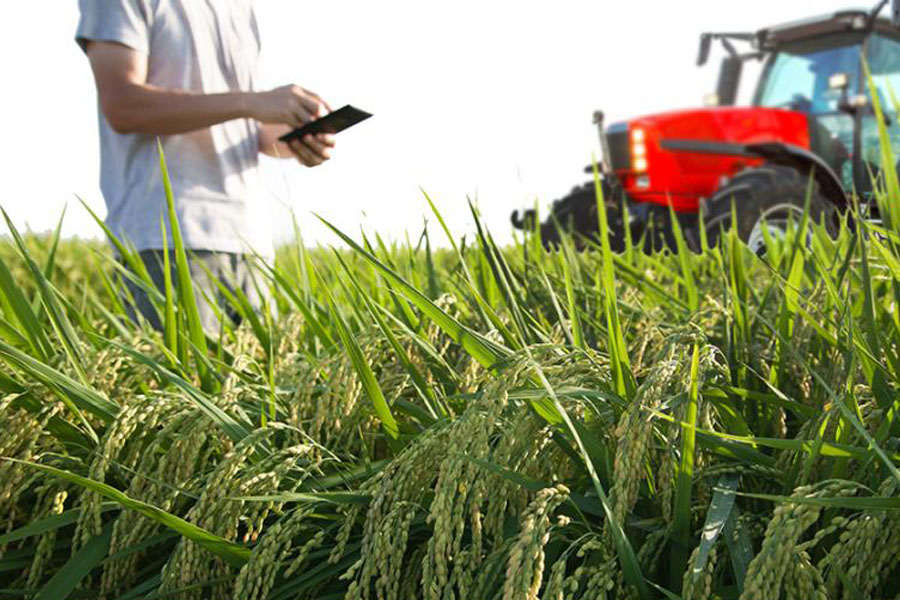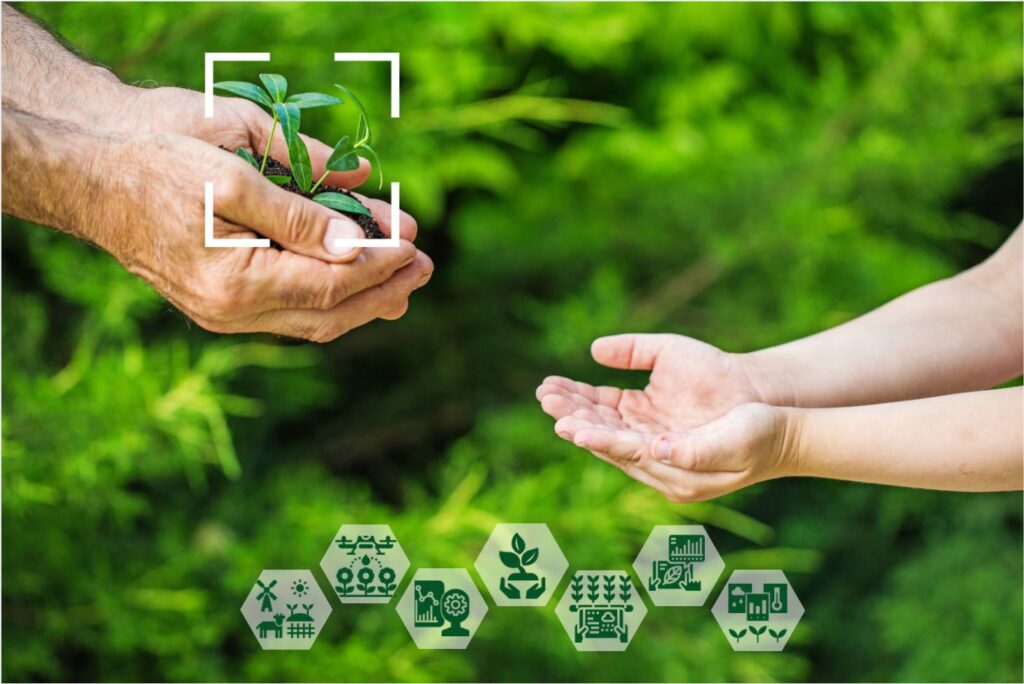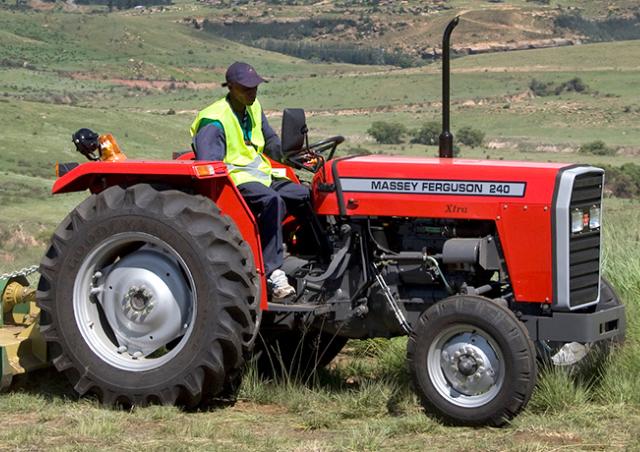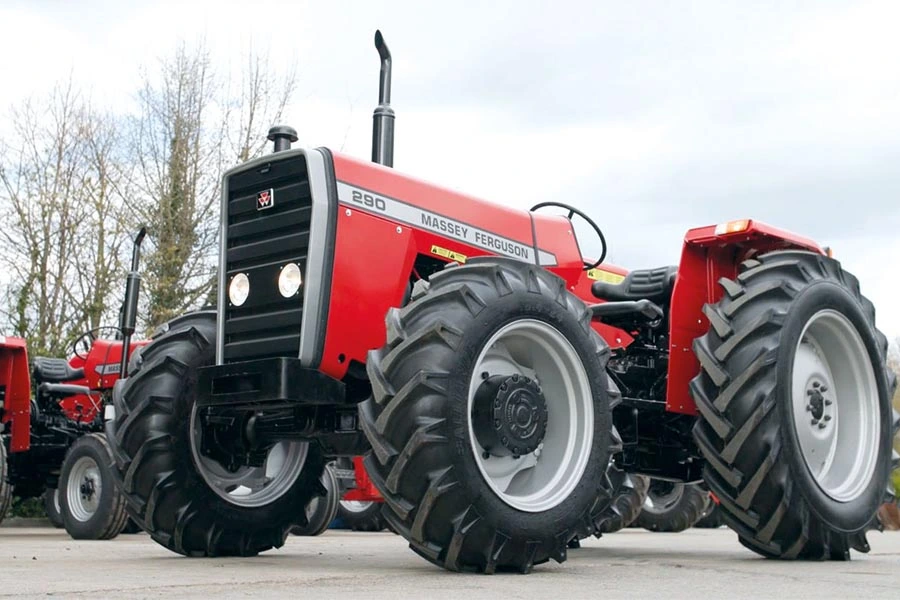As a proud owner of a Massey Ferguson tractor from Tractor Provider in Malawi, you’re probably aware of the importance of regularly maintaining your machine. After all, your tractor is one of your most valuable and reliable tools, and it deserves proper care and attention. However, with so many different maintenance tasks and routines to keep track of, it’s easy to feel overwhelmed or unsure where to begin. That’s why we’ve put together this ultimate guide on how to properly maintain your tractor. We’ll cover everything from routine inspections and regular upkeep to more advanced maintenance tasks and tricks. So let’s get started!
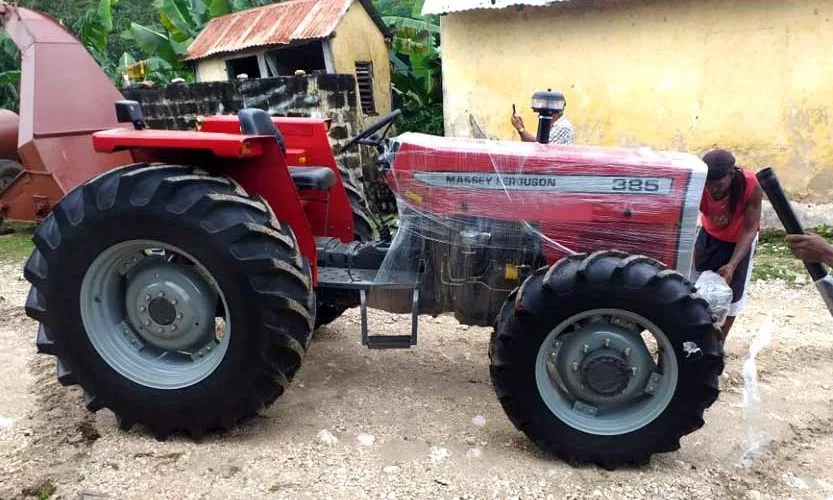
Keep Your Tractor Clean
One of the most important aspects of tractor maintenance is keeping your machine clean and free of debris, dirt, and other contaminants. A dirty tractor can cause serious problems, such as clogged air filters, sluggish performance, and even mechanical damage. Always make sure to clean your tractor after each use, by using a pressure washer or hose, or a soft brush and soap. Pay attention to the undercarriage, wheels, and engine area, and make sure to remove any dirt or mud that may have accumulated there.
Check Your Fluid Levels
Another crucial aspect of tractor maintenance is checking your fluid levels regularly. This includes engine oil, fuel, hydraulic fluid, transmission fluid, and coolant. Check these levels before each use, or at least once a week, depending on your tractor’s usage. It’s also important to follow the manufacturer’s recommendations when it comes to oil and fluid type and viscosity. Always use high-quality fluids that match the specifications of your Massey Ferguson tractor, and never mix different types or brands.
Inspect Your Tires
Proper tire maintenance is essential for your tractor’s performance and safety. Regularly inspect your tires for wear and tear, punctures, and low pressure. Make sure to also rotate your tires regularly, to ensure even wear and prolong their lifespan. In addition, consider investing in tire chains or studs if you frequently operate your tractor in snowy or icy conditions. If you ever need new tires, contact your trusted Tractor provider for advice on the best quality tractor tires for your Massey Ferguson.
Check Your Battery
Your tractor’s battery is another key component that requires regular upkeep. Always check your battery’s terminals for corrosion, dirt, or damage, and clean them if necessary. Also, make sure to keep your battery charged and topped up, especially during periods of inactivity. If you notice any signs of a weak or dead battery, such as slow cranking or difficulty starting your tractor, consider replacing it with a brand-new tractor battery.
Schedule Regular Maintenance
Lastly, one of the best ways to maintain your tractor is to schedule regular maintenance with a trusted service provider. A professional tractor provider can inspect your machine thoroughly, identify any potential issues or wear, and perform preventative maintenance tasks that may be beyond your own expertise. With regular maintenance, you can ensure that your tractor remains in top condition, performs optimally, and has a longer lifespan. Maintaining your tractor may seem daunting, but with proper care, attention, and regular upkeep, you can keep your machine running smoothly and efficiently for years to come. Follow these guidelines, check with your trusted Tractor provider representative, and always adhere to the manufacturer’s recommendations and specifications. Your hardworking Massey Ferguson tractor deserves the best quality tractor maintenance possible, and with these tips and tricks, you can be sure to achieve just that. Happy farming!



